Essential Knitting Tips for Beginners
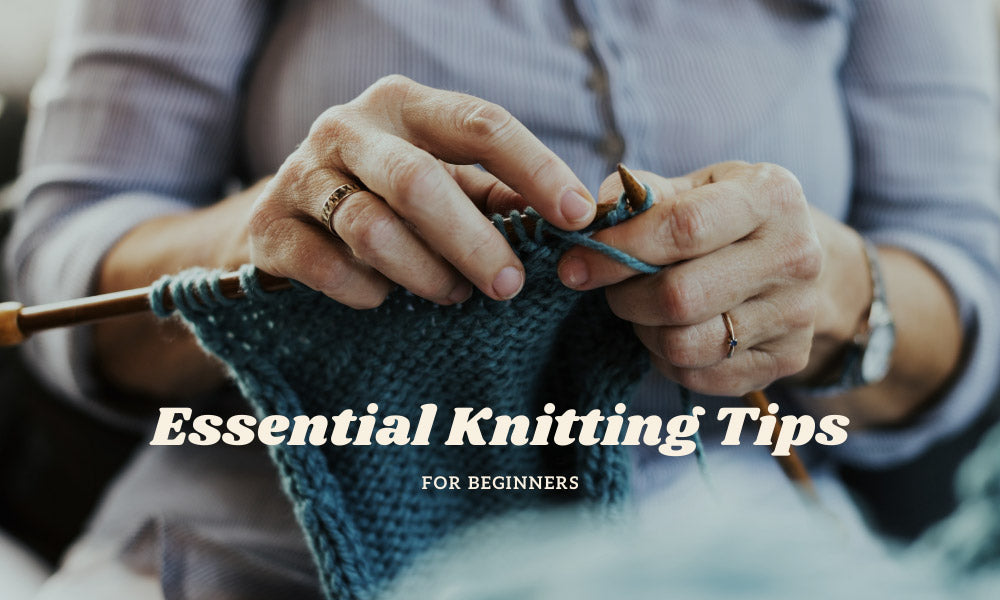

In a previous blog, we talked about tips for beginner quilters, and in this post, we’ll delve into essential knitting tips for beginners! Knitting is a wonderful way to wind down at the end of a stressful day and is something you can take with you anywhere. We love the routine aspect of this needle form, as it helps you relax and soothe yourself in a healthy way. If you want to start your knitting career, read on for more important tips and tricks.
Buy Plain, Big Yarn to Start
When you first begin your knitting career, start with the right supplies. The yarn you get when you’re first starting should be inexpensive, big, and plain. Don’t go for the most expensive yarn or a loopy, furry, or bulky yarn—instead, opt for a plain, light-colored yarn, as it’s easier to see any mistakes made. Once you’ve mastered the simple yarn, then you can move onto the more expensive yarns.
Watch Videos and Read Books
One of the most important tips we can give you is to realize that you’re not alone. There are so many books, videos, and groups out there that will help you figure out knitting. Videos especially will end up being your best friend as you learn different stitch techniques. If you’re struggling, turn to different resources!
Learn Continental Style
There are basically two knitting styles that people begin with when knitting: Continental or English. Continental style is the one most beginner styles knitters start with. In this style, you hold the yarn in your left hand and then “scoop” at it with your right hand and needle. Most people say that this is the easiest and fastest style to learn, so maybe once you master that you can pick up English style.
Practice Casting On
Probably one of the most fool-proof ways to practice your preferred style is by working on your casting on. You can either choose to long-tail cast on or learn the knit cast on. A lot of newer knitters choose long-tail cast on, but both are great for beginners to learn. However, if you want to just stick to one, we’d recommend learning long-tail casting on methods, as this is used more often for projects. Check out this great video for more help!
Don’t Stress About Your Tension
Whether you’re a beginner or an expert, yarn tension is something everybody stresses about. But here’s a helpful tip—you don’t need to! To be completely honest, your tension will more than likely be terrible when you first start knitting and probably for a while after. You’ll find that your rows are uneven, your swatches won’t look like anything more than a clump of fabric, and that’s okay. The more you practice, the better your tension will be.
Keep a List of Abbreviations
As you step away from swatches and get deeper into knitting projects, you’ll want to keep a list of knitting abbreviations handy. Here are a few important ones to get you started.
|
alt |
Alternate |
MC |
Main color |
|
beg |
Beginning |
P |
Purl |
|
BO |
Bind off/ cast off |
p2tog |
Purl two together |
|
CA, CB |
Color A, Color B |
rep |
Repeat(s) |
|
CC |
Contrasting Color |
skp |
Skip, knit, pass, stitch over |
|
CO |
Cast On |
Ssk |
Slip, slip,knot |
|
EOR |
End of Row |
T2L, T2R |
Twist two to the left, twist two to the right |
|
k2tog |
Knit Two Together |
wyib/f |
With yarn in back/front |
|
lp(s) |
Loop(s) |
yrn |
Yarn around needle |
|
M1 |
Make one stitch |
yon |
Yarn over needle |
In general, when you’re first learning to knit, remember to take breaks. You don’t have to power through, as it will add more stress rather than reduce what’s already present. For all your knitting and crafting needs, turn to Lindley General Store. From fine Canada fabric, to the best yarn and knitting tools you could ask for, we have everything to get your crafting career started—don’t miss out!

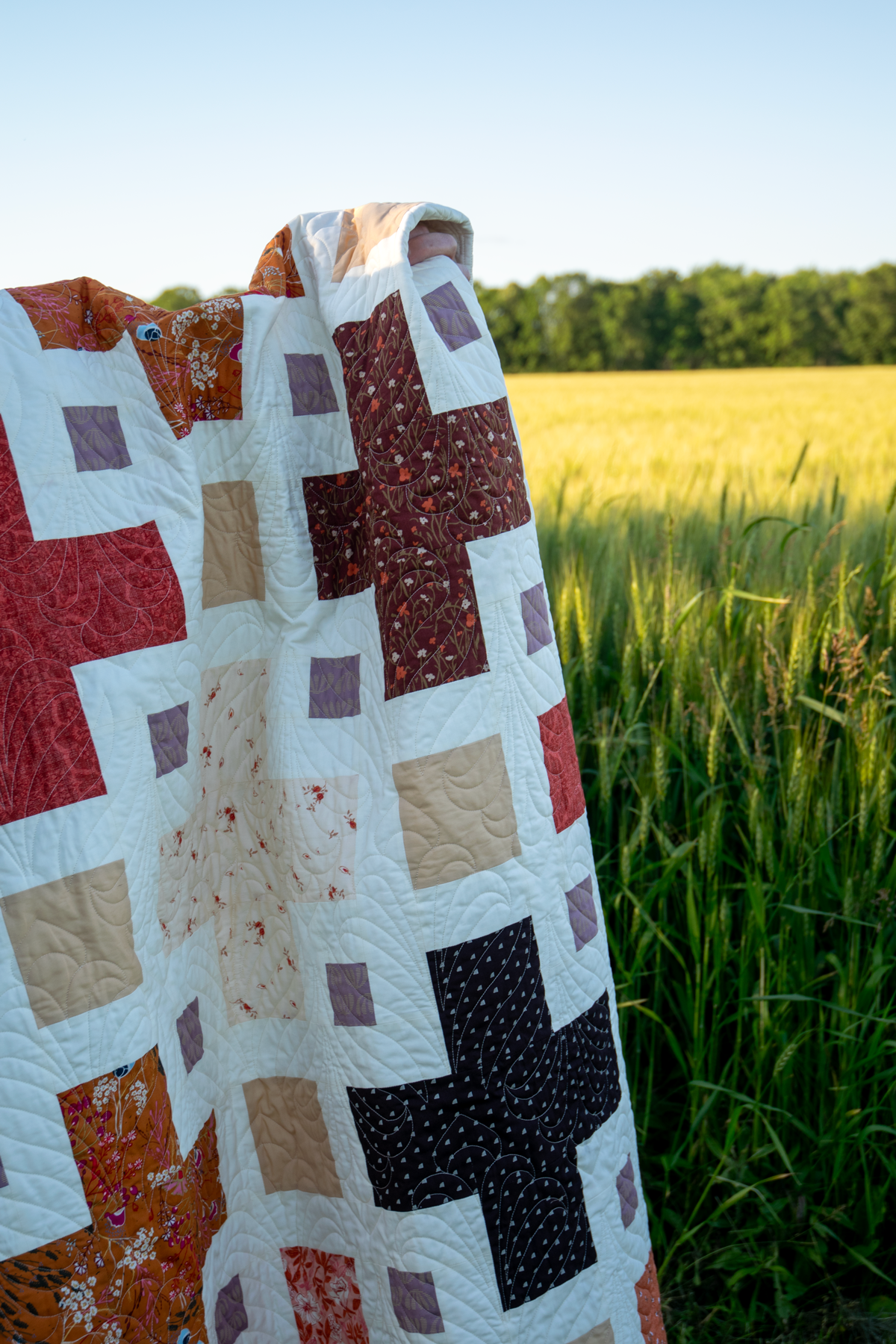



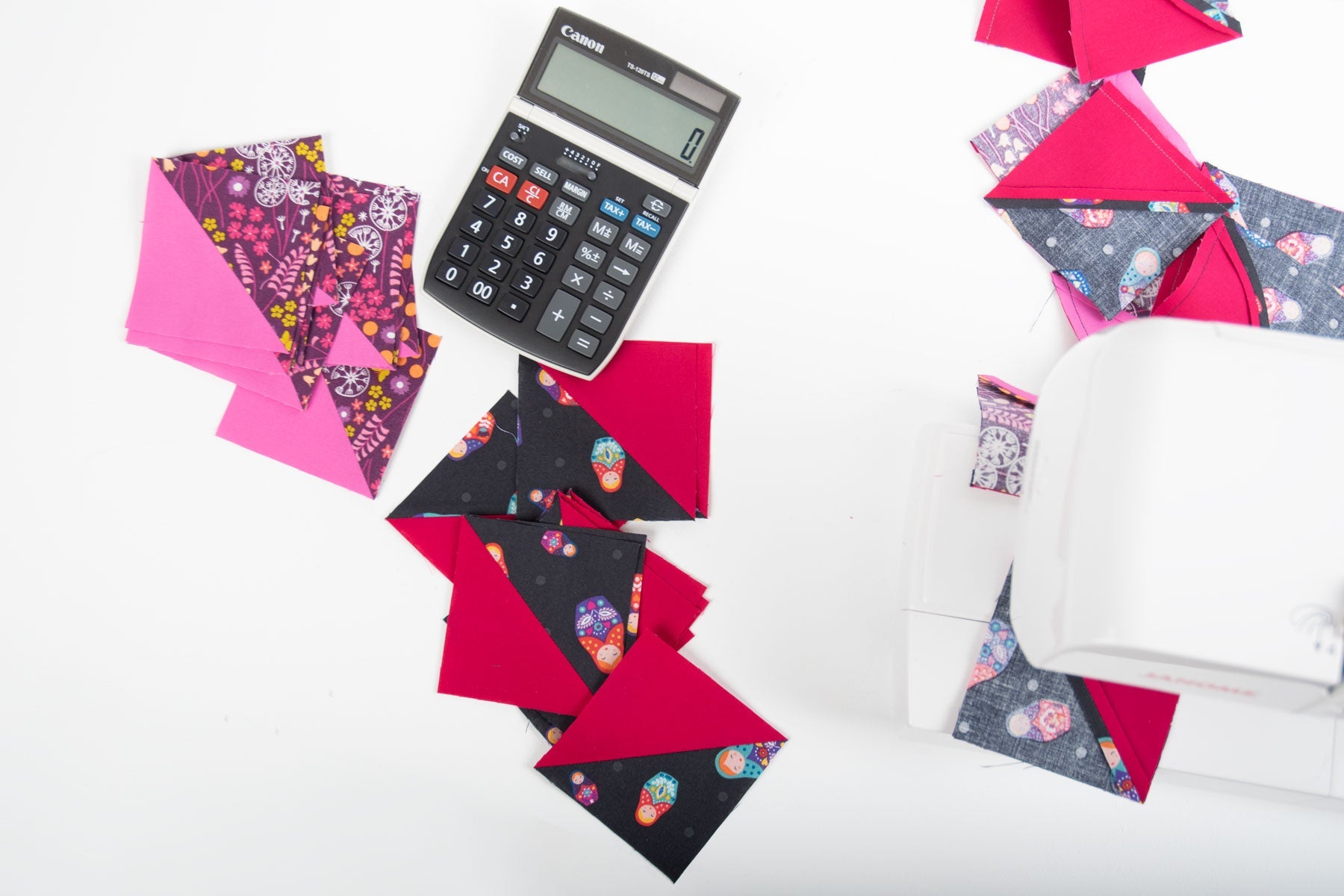
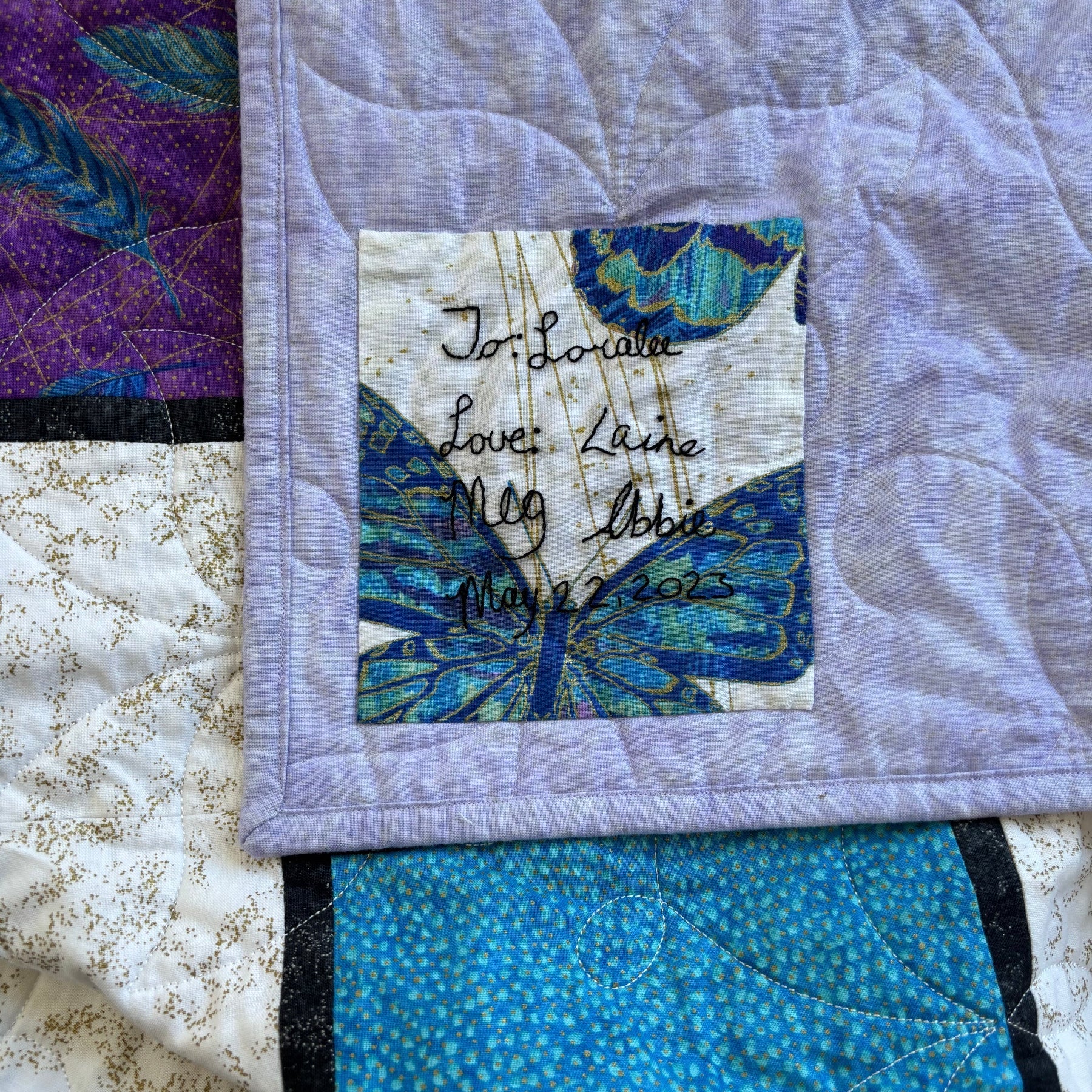

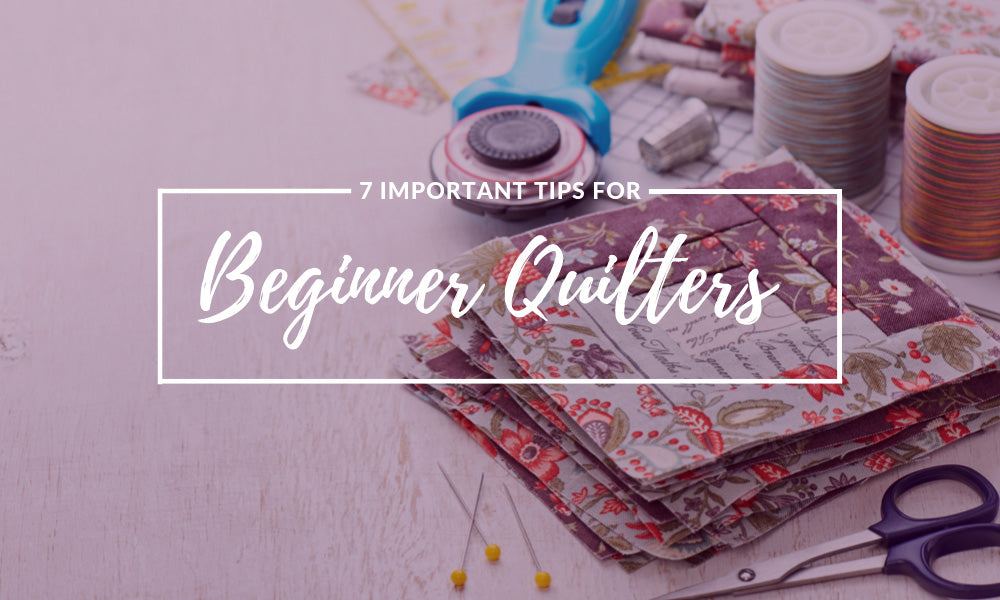
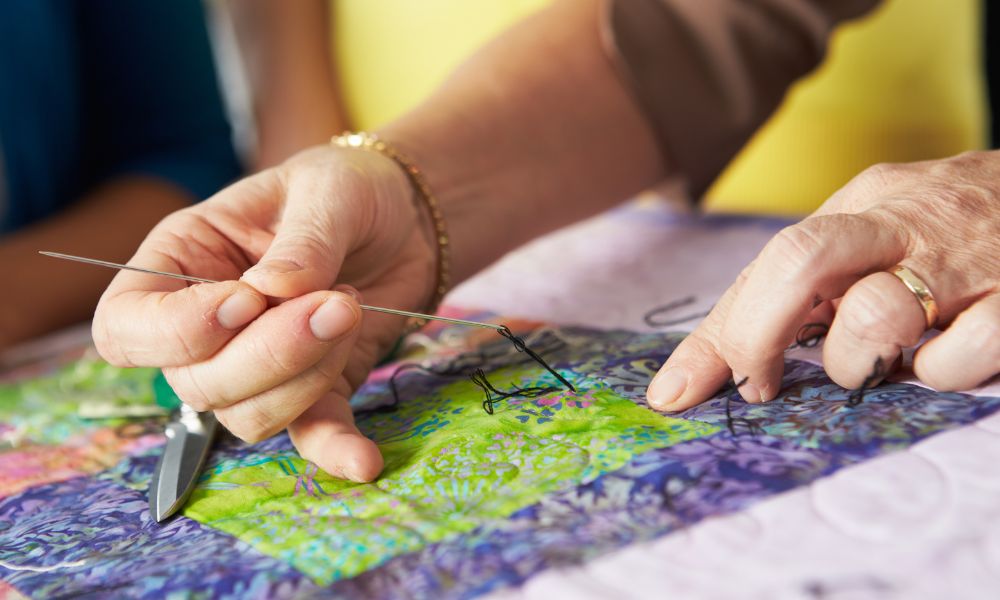

Comments